Description
The ladybug is also known as the ladybird, and more correctly known as the ladybeetle. The insect goes through the four stages of metamorphosis, hatching from an egg to become a voracious larva, then forming a pupa from which the colorful ladybug emerges.
Coccinellidae is a widespread family of small beetles ranging in size from 0.8 to 18 mm. The family is commonly known as ladybugs in North America, and ladybirds in Britain and other parts of the English-speaking world. Entomologists prefer the names ladybird beetles or lady beetles as these insects are not classified as true bugs.
The are more than 5.000 Ladybugs species, and are generally considered useful insects, because many species prey on herbivorous homopterans such as aphids or scale insects, which are agricultural pests. Many coccinellids lay their eggs directly in aphid and scale insect colonies in order to ensure their larvae have an immediate food source.
A common myth, totally unfounded, is that the number of spots on the insect’s back indicates its age. In fact, the underlying pattern and colouration are determined by the species and genetics of the beetle, and develop as the insect matures. In some species its appearance is fixed by the time it emerges from its pupa, though in most it may take some days for the colour of the adult beetle to mature and stabilise. Generally, the mature colour tends to be fuller and darker than the colour of the callow.
Scientific Name: Coccinella septempunctata
Characteristics: Ladybug eggs are attached to leaves of plants infested by aphids, which provide a ready food source for the hungry larva. After molting four times, it enters the pupa stage.
Size and Color: The larva stage of the ladybug is said to resemble an alligator with its long jaws. The bright red and black adult ladybug figure is 6cm wide.
All Safari products are Non-toxic and BPA free

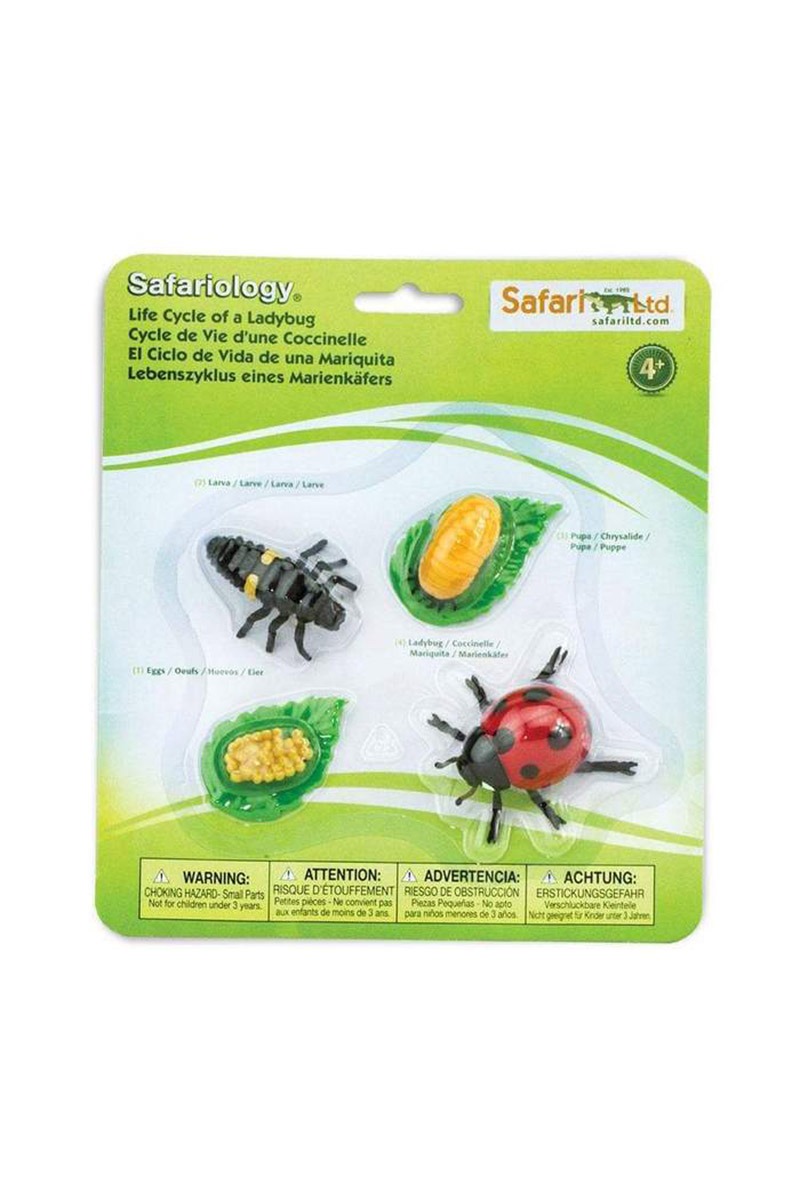
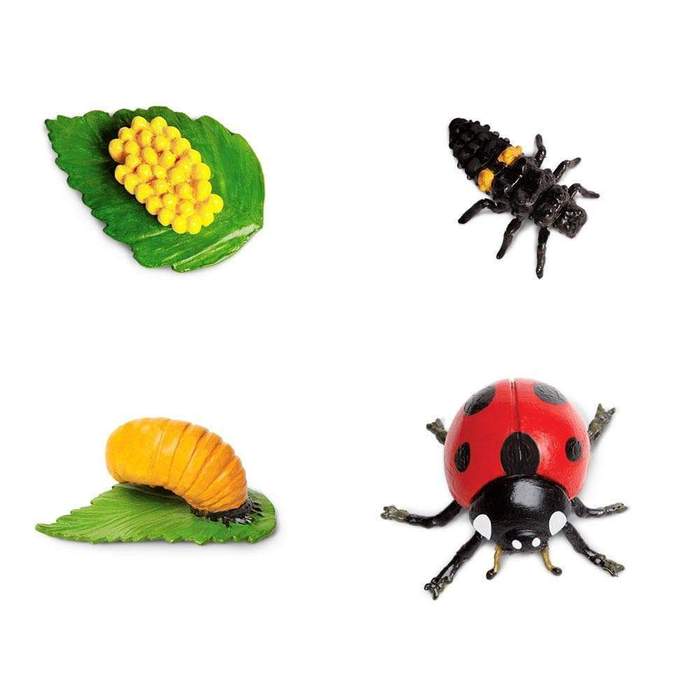
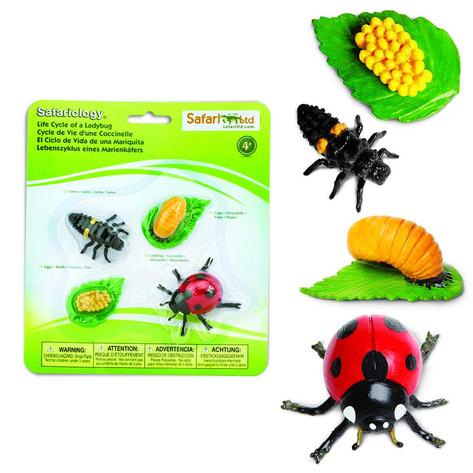
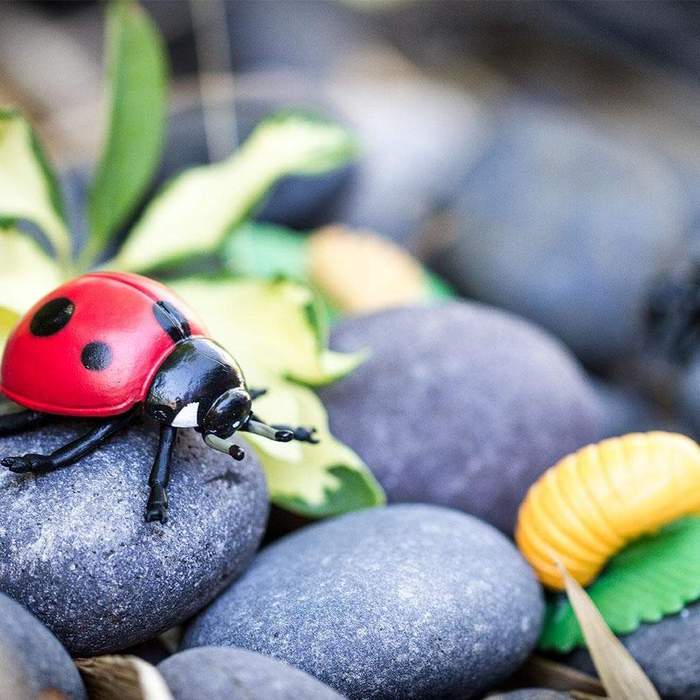
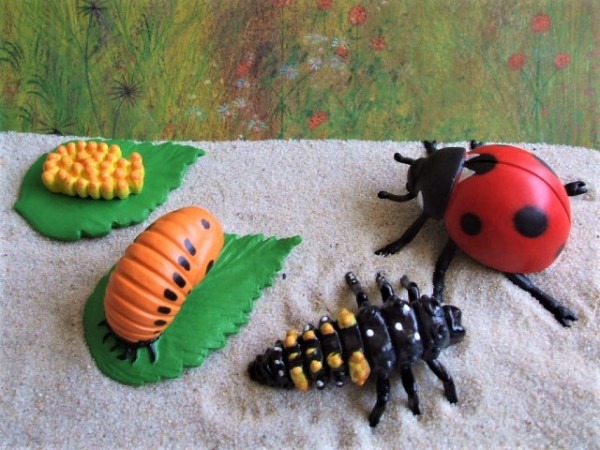
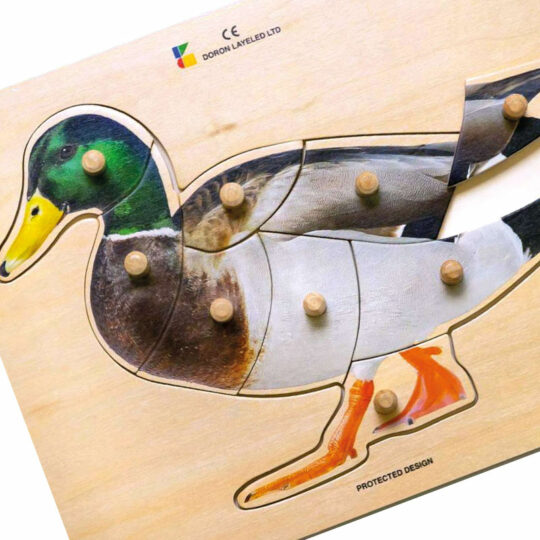
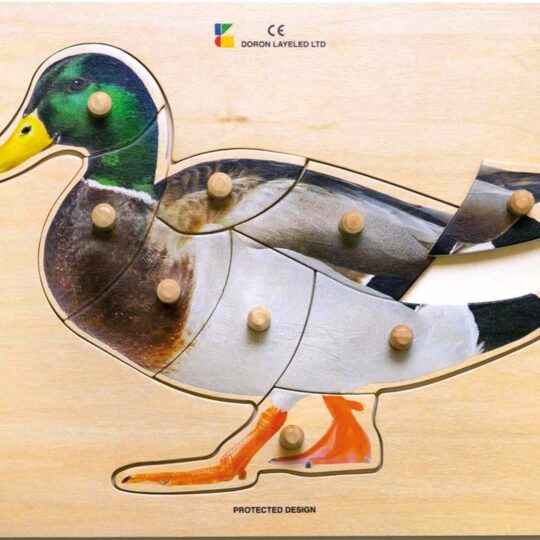
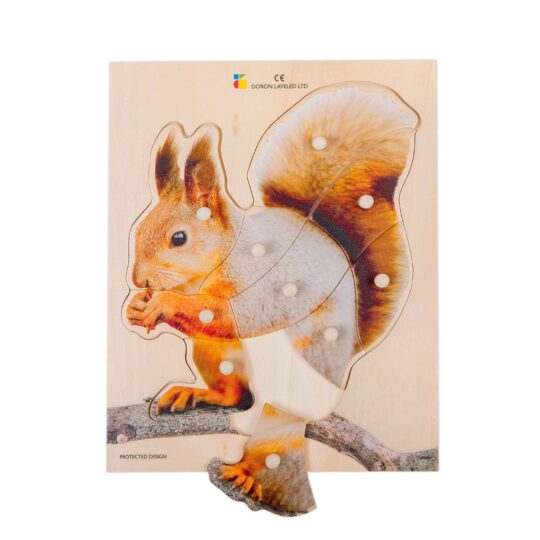
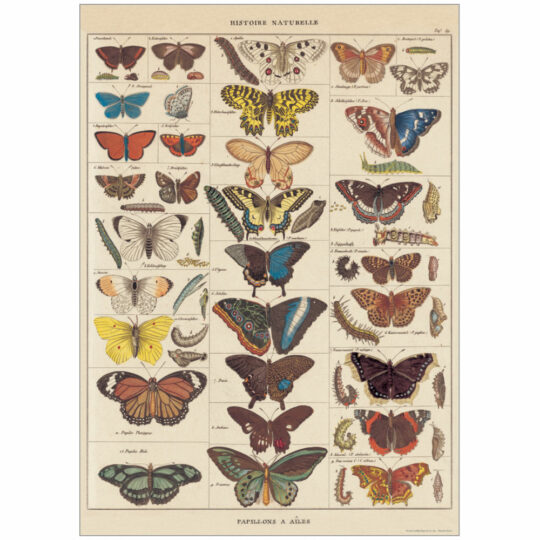
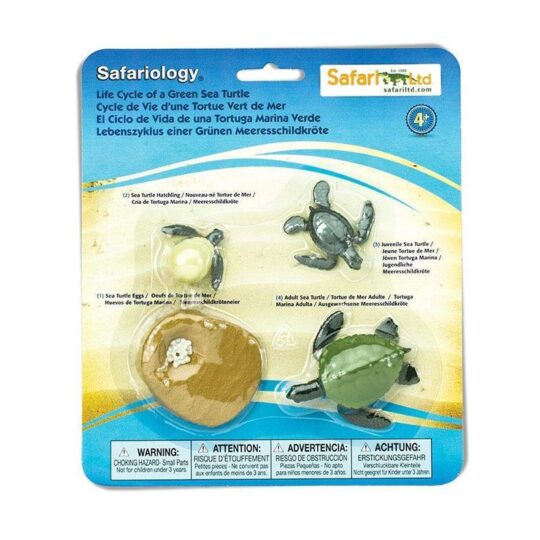
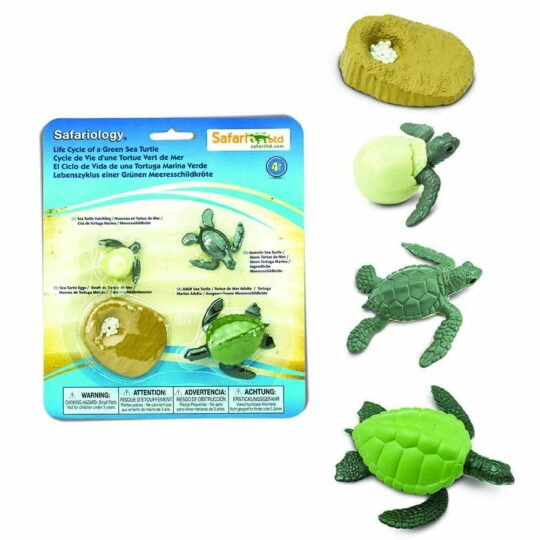
Reviews
There are no reviews yet.